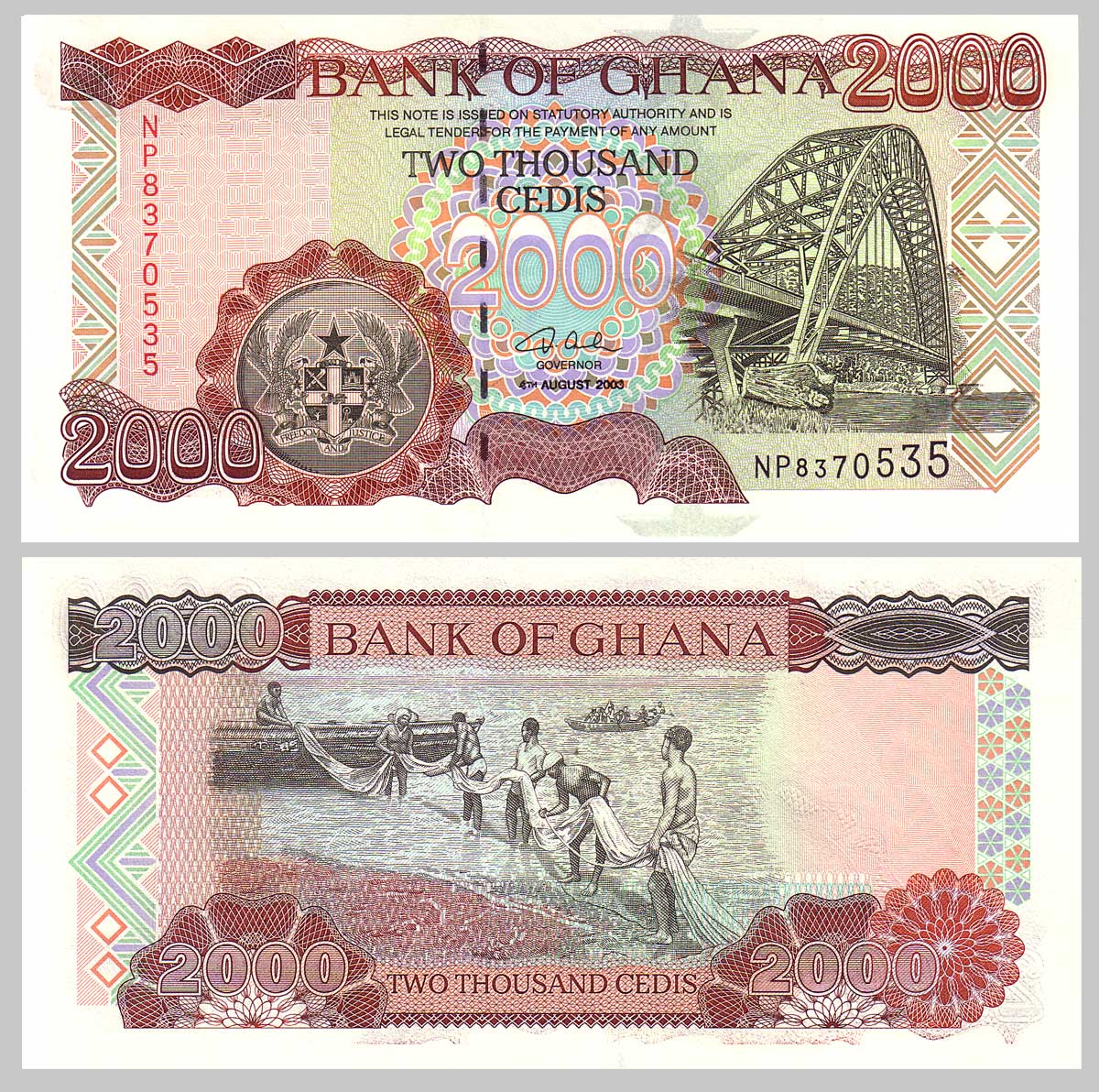
Generally, the notes carried significantly higher microbial loads than the Cedi coins (p 0.05) be-tween bacterial loads isolated from the “old” notes and coins on one hand and “new” Cedi notes and coins on the other hand suggesting that the Ghanaian currency notes and coins were being mishandled by majority of the populace. Isolations were made on Mac-Conkey agar for coliforms and other enteric bacteria, Plate Count agar for total viable bacteria and Sabouraud agar for fungi. The Ghanaian Cedi is expected to trade at 9.82 by the end of this quarter, according to Trading Economics global macro models and analysts expectations. The cost of 1 Romanian Leu in Ghana Cedis today is 2.01 according to the Open Exchange Rates, compared to yesterday, the exchange rate increased by 0.56. The S&P Purchasing Managers’ Index (PMI) rose to 48.5 in June from May's 47.4.The microbial load of the “old” and “new” Ghanaian Cedi notes and coins obtained from vari-ous sources in Cape Coast, Ghana was studied using the dilution plate technique between September 2005 - March 2006 and September 2008 - March 2009.

Ghana: PMI hits highest reading since February in July, but remains below the 50-threshold.Ghana: Inflation comes in at highest level since November 2003 in JulyĬonsumer prices rose a seasonally-adjusted 3.15% in July over the previous month, picking up from the 3.02% rise recorded in June.Ghana: Central Bank calls emergency meeting, hikes policy rate by 300 basis pointsĪt an extraordinary meeting on 17 August, the Monetary Policy Committee of the Bank of Ghana (BoG) hiked its policy rate by 300 basis points to 22.00%-the largest hike in 22 years.On top of that, elevated uncertainty over fiscal discipline ahead of the presidential elections at the end of the year remains a notable risk to the outlook.įocusEconomics panelists see the cedi ending 2020 at 6.19 per USD and 2021 at 6.45 per USD Looking ahead, the cedi is expected to weaken further before year-end, as the coronavirus-related downturn weighs on economic activity both at home and in the external arena. The Central Bank’s recent emergency rate cut seemingly added further downside pressure on the cedi. This dented demand for Ghanaian sovereign bonds which, coupled with Ghana’s rapidly deteriorating growth outlook owing to its dependence on commodity exports, weighed on the cedi over the past few weeks.

Rising fears that the Covid-19 pandemic could push the global economy towards recession set global commodity prices tumbling and saw investors fleeing emerging market assets. Meanwhile, the currency was up1.0% year-to-date although it was down 7.2% year-on-year. On 20 March, the currency traded at 5.65 per USD, marking a 5.8% depreciation over the same day in February. dollar through end of March as the global fallout from the coronavirus pandemic intensified. The Ghanaian cedi lost most of its early-year gains against the U.S. Ghana - Exchange Rate Cedi slumps in March as coronavirus fears mount


 0 kommentar(er)
0 kommentar(er)
